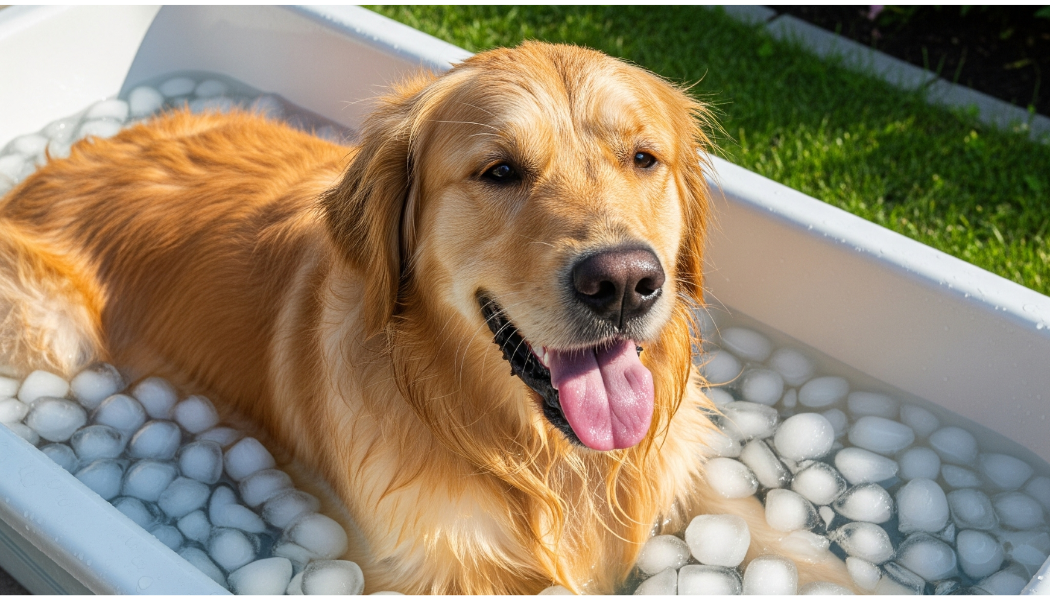Iris sibirica 'Jewelled Crown' - SIBERIAN IRIS 'JEWELLED CROWN'
Siberian iris with eye-catching, high contrast color patterns (rich wine purple + lighter blue-purple + veining)
Siberian Irises bloom after Tall Bearded Irises and before Japanese Irises.
Blooming Time: ealy summer bloomer (late spring/early summer depending to your zone)
Size: 28-34" tall and 18-24' wide
USDA Zones: 3 to 8
Culture: sun, half shade, average soil with some organic matter, clay, moist. Likes moisture, but grows well in soils with average moisture (and no irrigation). Established plants also tolerate some drougths! Prefers neutral to slightly acidic soil.
Moisture Needs: average to moderately moist to moist
Origin: Iris sibirica is native to Europe and Asia, well behaved perennial here in USA.
Black Walnut Tolerant: yes
Deer/Rabbit Resistant: yes / yes
Attracts Butterflies or Pollinators: some bees and butterflies
Attracts Hummingbirds: no
Pot Size: square 3.5" x 4" deep perennial pot
Plant combinations: Flower beds, rain gardens, cut flower gardens, cottage gardens, close to water bodies. Iris sibirica does like a bit of moisture, but does really well in soil with average moisture too. Can be combined with many plants like Boltonia, Chelone, Eupatorium, Hibiscus (moscheutos, laevis, etc. and hybrids), Lobelia, Ligularia, Eupatorium, Physostegia, Primula japonica, Rodgersia, and other moisture-loving perennials. It can also be grown in a moderately moist flower bed, combined with Amsonia, Baptisia, Euphorbia palustirs, Euphorbia griffithii, some hardy Geraniums, Geum, Hemerocallis, Monarda, Phlox paniculata, Persicaria amplexicaulis, Rudbeckia, Spigelia, Sanguisorba, Veronicastrum, most of Vernonia or grasses like Carex (sedges), Hakonechloa, Molinia, Panicum.
Picture copyright: Walters Gardens

Iris sibirica 'Jewelled Crown' - SIBERIAN IRIS 'JEWELLED CROWN'
Siberian iris with eye-catching, high contrast color patterns (rich wine purple + lighter blue-purple + veining)
Siberian Irises bloom after Tall Bearded Irises and before Japanese Irises.
Blooming Time: ealy summer bloomer (late spring/early summer depending to your zone)
Size: 28-34" tall and 18-24' wide
USDA Zones: 3 to 8
Culture: sun, half shade, average soil with some organic matter, clay, moist. Likes moisture, but grows well in soils with average moisture (and no irrigation). Established plants also tolerate some drougths! Prefers neutral to slightly acidic soil.
Moisture Needs: average to moderately moist to moist
Origin: Iris sibirica is native to Europe and Asia, well behaved perennial here in USA.
Black Walnut Tolerant: yes
Deer/Rabbit Resistant: yes / yes
Attracts Butterflies or Pollinators: some bees and butterflies
Attracts Hummingbirds: no
Pot Size: square 3.5" x 4" deep perennial pot
Plant combinations: Flower beds, rain gardens, cut flower gardens, cottage gardens, close to water bodies. Iris sibirica does like a bit of moisture, but does really well in soil with average moisture too. Can be combined with many plants like Boltonia, Chelone, Eupatorium, Hibiscus (moscheutos, laevis, etc. and hybrids), Lobelia, Ligularia, Eupatorium, Physostegia, Primula japonica, Rodgersia, and other moisture-loving perennials. It can also be grown in a moderately moist flower bed, combined with Amsonia, Baptisia, Euphorbia palustirs, Euphorbia griffithii, some hardy Geraniums, Geum, Hemerocallis, Monarda, Phlox paniculata, Persicaria amplexicaulis, Rudbeckia, Spigelia, Sanguisorba, Veronicastrum, most of Vernonia or grasses like Carex (sedges), Hakonechloa, Molinia, Panicum.
Picture copyright: Walters Gardens





